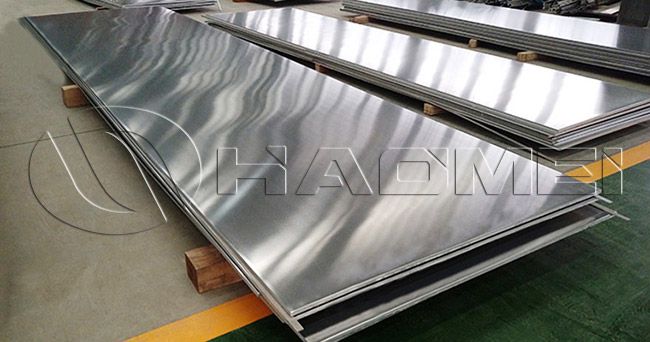5083 h131 VS h111
5083 aluminum sheet belongs to Al-Mg alloy, and the main alloying element is magnesium. This composition gives it good corrosion resistance, weldability and medium strength, making it widely used in many fields such as ships, vehicles, pressure vessels, etc., and tank truck manufacturing is an important part of it.
In tank truck manufacturing, 5083 aluminum sheet needs to have sufficient strength to withstand the pressure during transportation, good corrosion resistance to cope with various transportation media, and excellent processing performance to meet the complex tank body forming needs. 5083 aluminum sheet just happens to perfectly meet these requirements.

Common tempers of 5083 aluminum plate
Common states of 5083 aluminum plates include O, H12, H14, H16, H18, H111, H112, H131, etc. The O state is a fully annealed state. At this time, the aluminum plate has extremely high plasticity and is easy to perform deep processing, such as stretching of complex shapes, but the strength is relatively low. The H series represents the work-hardening state, and the strength of the aluminum plate is improved through cold processing.
Among them, the aluminium 5083h111 is after hardening without special heat treatment, which combines certain strength and processing performance, and is suitable for scenes with certain strength requirements and subsequent processing.
Differences between 5083H111 and 5083H131
Differences in processing technology: 5083H111 does not undergo a special heat treatment process after the aluminum plate is hardened, and the state after hardening is retained. However, 5083H131 undergoes a specific stabilization process after hardening. This stabilization treatment usually involves operations such as low-temperature heat treatment, which makes the internal structure of the aluminum plate more stable.
Differences in mechanical properties: In terms of strength, 5083H131 is generally slightly stronger than 5083H111 due to stabilization treatment. This is because the stabilization treatment causes a certain degree of adjustment and redistribution of defects such as dislocations inside the alloy, which enhances the bonding force between atoms.
In terms of elongation, 5083H111 is relatively higher, which means that it can produce greater deformation without breaking when subjected to tensile deformation, and has better processing performance; 5083H131 will have a decrease in elongation due to increased strength.
Differences in application scenarios: 5083H111 is often used for subsequent mechanical processing (such as welding, bending, stamping, etc.) of the tank body due to its good processing performance and certain strength. For example, in the manufacture of some small tank trucks, it is necessary to process more complex shapes of aluminum plates, and 5083H111 can meet the needs well.
5083H131 is more widely used in the manufacture of large tank trucks or tank trucks that transport high-pressure and highly corrosive media due to its higher strength. This type of tank truck needs to withstand greater pressure and harsh environment during use, and the higher strength 5083H131 can ensure the safety and durability of the tank body.
Original Source:https://www.aluminumtankerplate.com/a/5083-h131-vs-h111.html
Tags: 5083 aluminum plate ,
